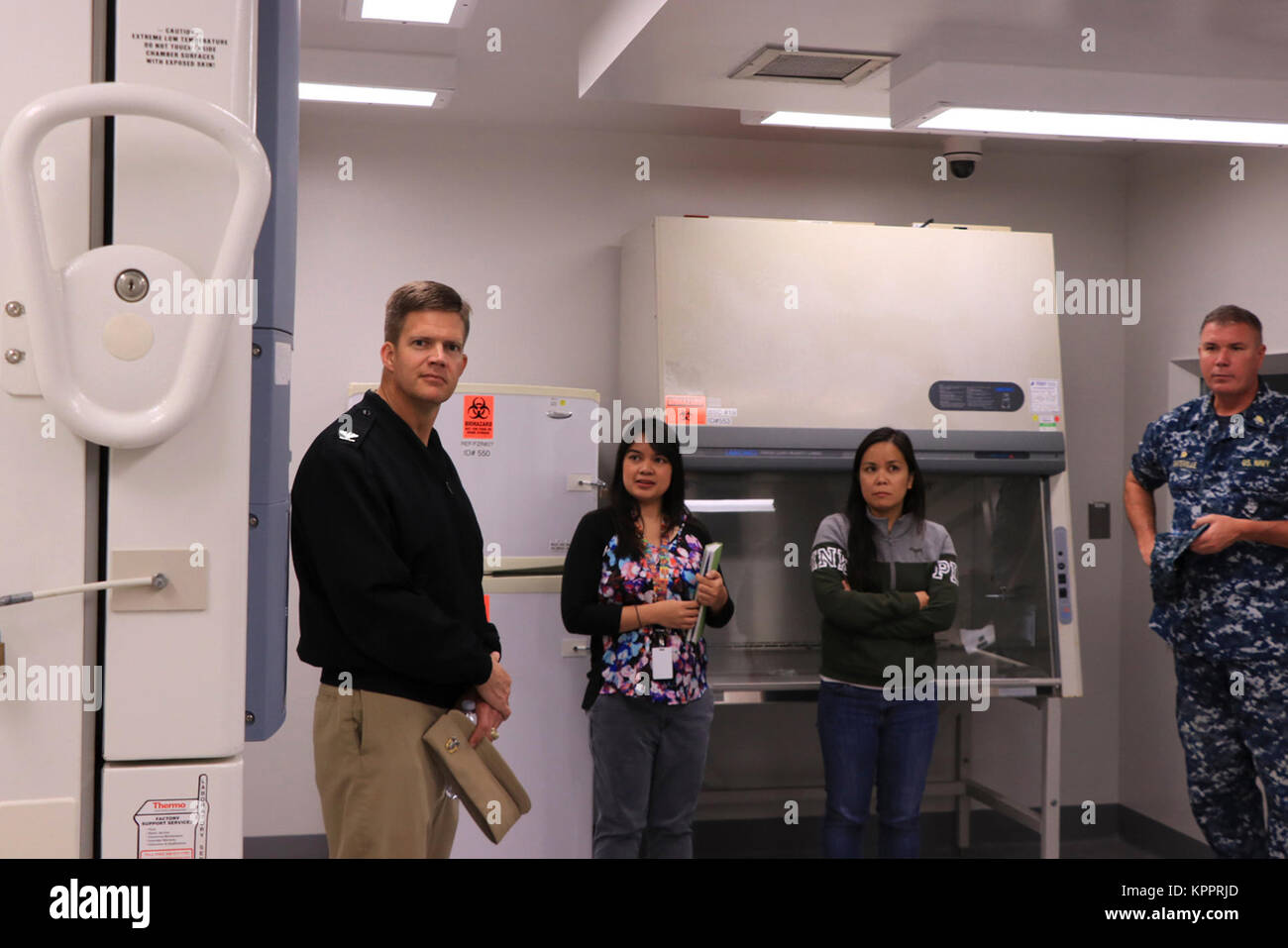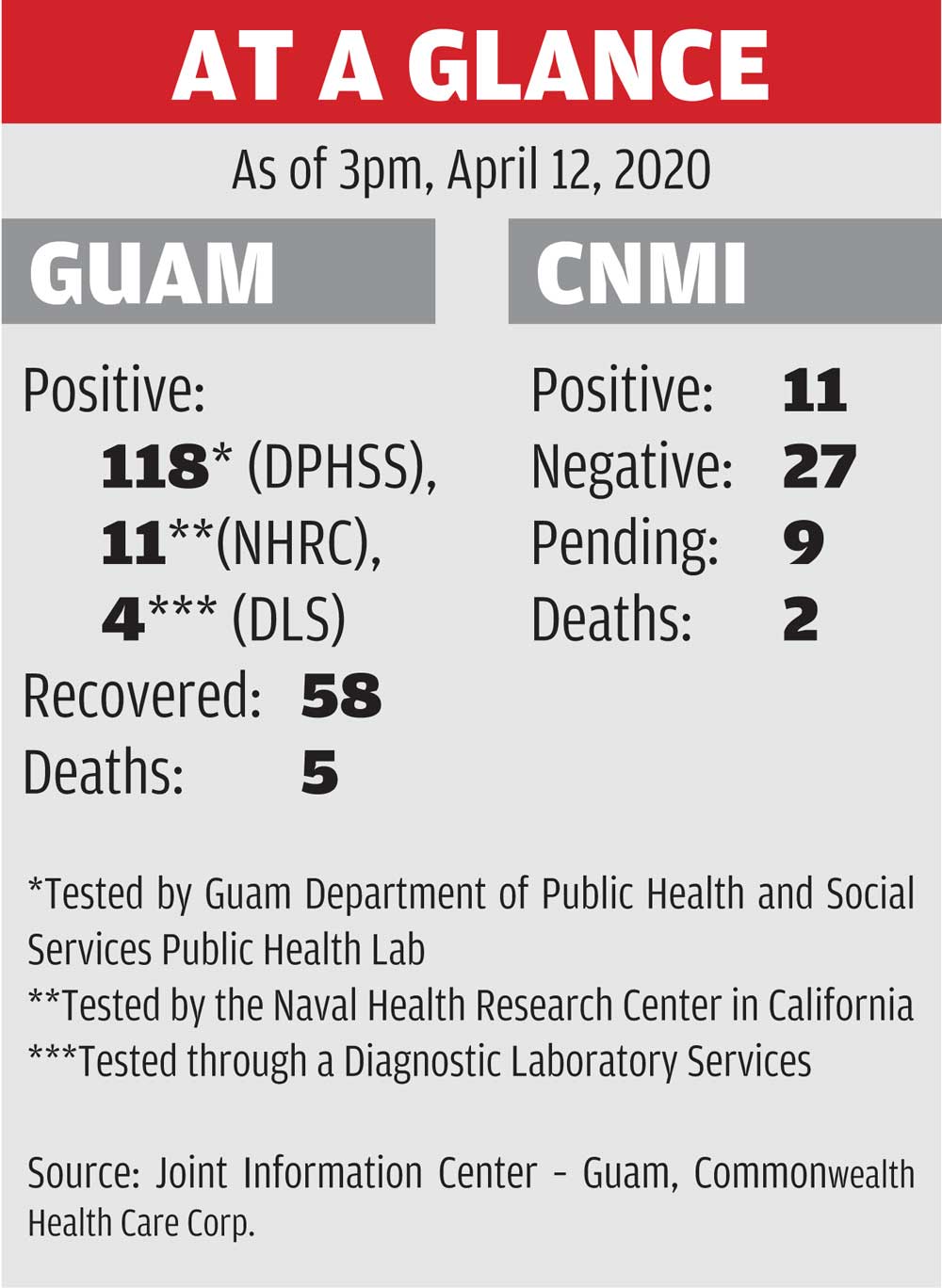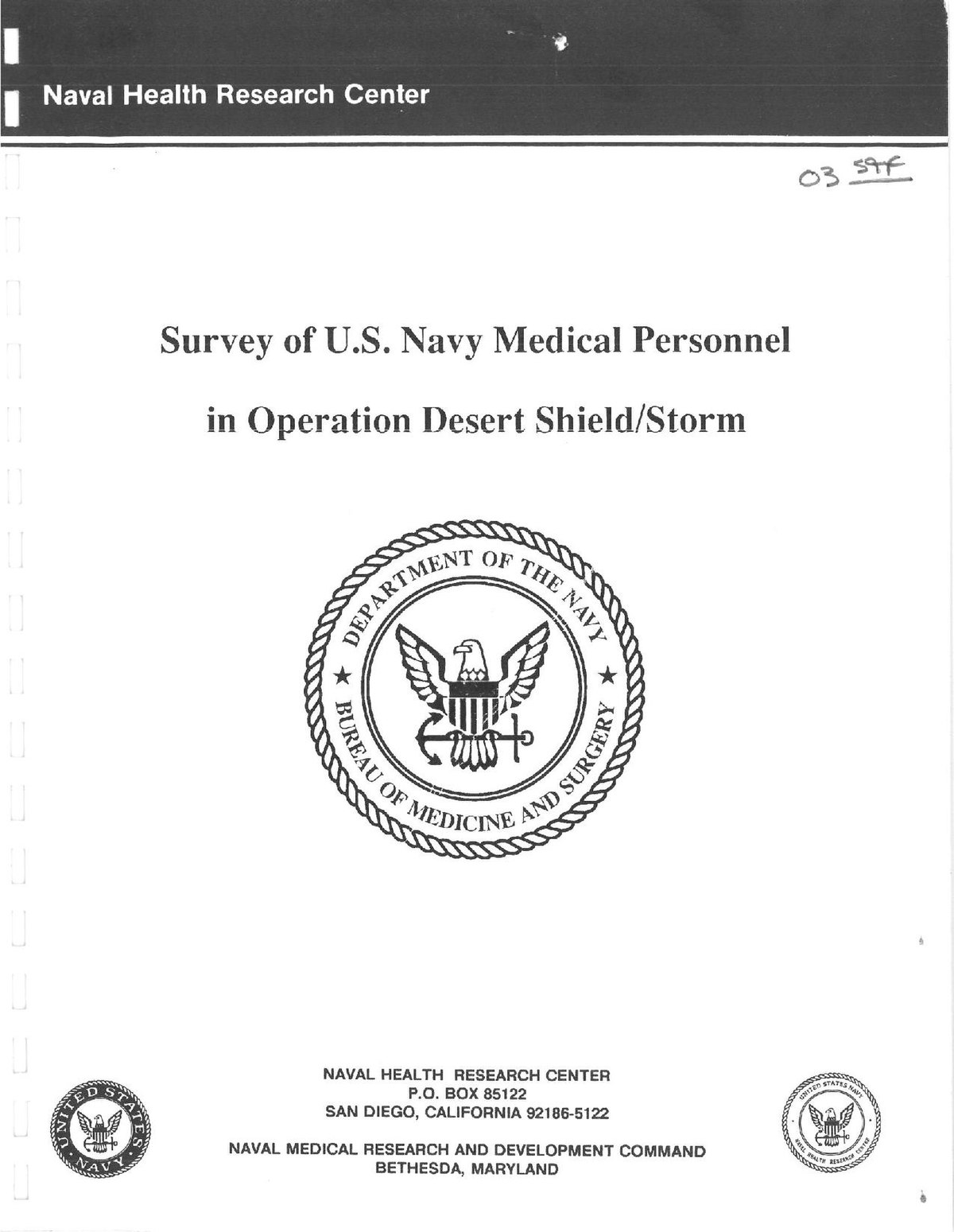Naval Health Research Center - Area 1 Medical Laboratory (AML) is a specialized facility deployed worldwide to detect, confirm, and monitor the treatment of CBRNE threats. 1-AML can be used initially when samples cannot be transported quickly to a stable location. or to identify a hazard in a highly hazardous environment with chemical, biological, infectious or industrial contamination.…
The 20th Chemical, Biological, Radiological, Nuclear, and Explosives (CBRNE) Command is an agile command within the United States Army that can rapidly deploy specialized assets worldwide in support of CBRNE WMD missions. …
Naval Health Research Center

Aberdeen Proving Ground (APG) is the 11th command center of the United States Army and supports more than 80 tenants, 20 satellites, and 17 special operations.
U.s. Navy Lt. Jose Garcia Inactivates The Ebola Virus In Each Specimen, Rendering The Virus Safe
The U.S. Army Test and Evaluation Command at the Army Test Center (ATC) conducts development testing, including technical feasibility testing, engineering development testing, software development testing, production and post-production testing, Software support testing after delivery and testing. . It's about vulnerability/mortality assessment.…
The African Biosafety Association (AfBSA) is a non-governmental and non-profit organization that promotes biosafety and biosafety in Africa. The AfBSA represents professionals working in the field of biology and aims to make biology a profession with rights and qualifications.
The Agency for Toxic Substances and Disease Registry (ATSDR) works to protect the public from environmental hazards and toxic emissions. These activities include public health assessment of waste sites, health advice on specific hazardous substances, health monitoring and registration, response to accidental releases of hazardous substances, assessment public health, applied research to support application development and dissemination, and risk education and training. . Chemicals....
The Office of Scientific Research (AFOSR) provides significant research funding to advance the needs of the Space Mission. AFOSR is headquartered in Arlington, Washington, with 200 scientists, engineers, and managers, and overseas technical offices in Santiago, London, and Tokyo.…
Th Covid 19 Death In Guam
The Animal and Plant Health Inspection Service (APHIS) is a multi-agency agency of the United States Department of Agriculture (USDA) that works to protect public health and natural resources from harmful pests and pathogens.…
The Department of Energy's Argonne National Laboratory provides critical safety technologies to prevent and mitigate accidents that could cause mass disruption or disruption. ...
The Army Radiological Research Institute (AFRRI) manages the DoD Medical Radiological Defense research program. AFRRI has done extensive research in developing preventive and preventive measures against ionizing radiation therapy and rapid methods to assess radiation exposure.

The Biomedical Advanced Research and Development Agency (BARDA), within the Office of the Assistant Secretary for Planning and Response at the US Department of Health and Human Services (HHS), manages the acquisition and development of advanced of remedies against CBRN threats. , flu and other infectious diseases occur.…
The Essential Scan: Top Findings In Health Policy Research
Brookhaven National Laboratory (BNL) is one of ten national laboratories supervised and funded by the US Department of Energy. Brookhaven is owned and operated by the Brookhaven Science Consortium, established by the State University of New York Research Foundation for Stony Brook University and Battelle, a non-profit science and technology organization.…
The US Army's CBRN response enterprise includes defense forces assigned to Weapons of Mass Destruction Civilian Support Teams (WMD-CST), National Guard CBRN Enhanced Response Packages (CERFPs), as well as Ground Response Force (HRF).
The Center for Home Preparedness (CDP) in Anniston, Ala. is training thousands of first responders for chemical, biological, radiological, nuclear or explosive (CBRNE) and other emergencies.
Established in 1998, the CDP is the only federal weapons training center (WMD) in the United States, part of the Department of Homeland Security (DHS), Federal Emergency Management Agency (FEMA).…
Dosya:survey Of U.s. Navy Medical Personnel In Operation Desert Shield
The Centers for Disease Control and Prevention is one of the major administrative divisions of the Department of Health and Human Services and is responsible for protecting the United States from foreign health, safety, and security. and the U.S.…
The Defense Advanced Research Projects Agency (DARPA) is an agency of the United States Department of Defense (DoD) responsible for finding breakthrough concepts and technologies that can be widely used to threaten national security.
The Office of Nuclear Weapons Development (DNN R&D), part of the National Nuclear Security Administration (NISA), develops technical capabilities to detect, identify, and target nuclear weapons. foreign nuclear weapons. Private nuclear material transfers and nuclear explosions.…

The Science and Technology Laboratory (DSTL) is the science and technology center of the UK Ministry of Defense with around 3,500 employees, including some of the country's leading scientists and engineers.… Naval Medical Research Unit Dayton (NAMRU-D) US Navy, Ohio Biomedical Laboratory in Dayton, Ill. One of Seve's commands, the Naval Medical Research Center, has two research divisions. Viral Health Effects Laboratories was founded in Bethesda, Maryland in 1959 and moved to Dayton in 1976. Stationed at Naval Air Station Florida. Following the 2005 Base Adjustment and Closure Committee decision, NAMRL began moving to Dayton in late 2010. As of September 2011, NAS Psacola was officially decommissioned. .
Diseases Don't Have Borders, Navy Scientist Says
Although a Navy operation, NAMRU-D is based at Wright-Patterson Air Force Base in Dayton so it can share similar operations with the US Air Force.
The US Navy Toxicology Division was established in January 1959 in response to air quality problems aboard the USS Nautilus, the first nuclear powered submarine, as well as toxic concerns about the replacement of flammable liquids. It began at the National Naval Medical Center in Bethesda, Maryland, and by 1965 had 22 employees. At the time, its construction was criticized due to structural weakness, but due to the difficulty of paying for a new building, they occupied it until 1976, when the building was about to be demolished as a port.
In May 1975, the Office of Naval Toxicology was established at the Naval Medical Research Institute. The following year, he was transferred to Wright-Patterson Air Force Base in Dayton, where he worked with the Air Force's toxicology program.
An aeromedical research and training facility was established at Naval Air Station Psacola in 1939 as part of the Naval Aviation Medical College in 1946, later the Naval Aerospace Medical Institute (NAMI). It was separated into its own indepdt command in 1974 as the Naval Aerospace Medical Research Laboratory (NAMRL).
Naval Medical Research Unit San Antonio Hosts Alamo Stem Educators Visit To Navy Research Lab > Joint Base San Antonio > News
A variety of research projects were conducted at NAMRL, such as the low-pressure breathing device (ROBD) developed by LCDR Justin S. Brown, USN, and Captain Angus Rupert. USN. In June 2010, he moved to Ohio and joined the Viral Health Effects Laboratory to develop NAMRU-D as part of the 2005 Base Realignmt and Closure process.
Naval medical research institute, naval medical research center, naval research lab, naval health research center san diego, naval research lab jobs, naval medical research center silver spring md, naval health research center jobs, naval research lab internship, office of naval research, naval research lab salary, naval research laboratory jobs, naval research laboratory logo
0 Comments